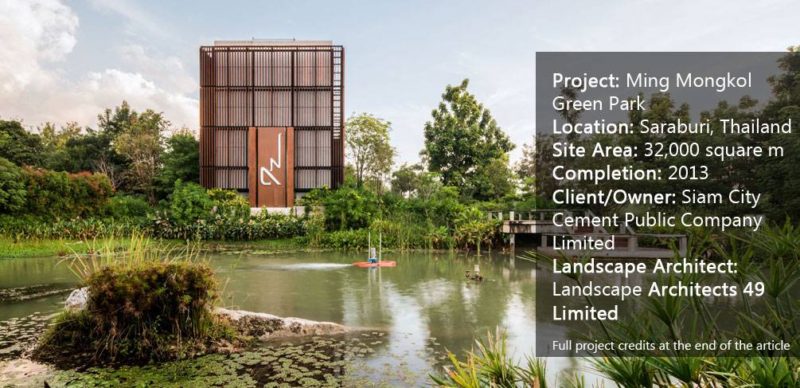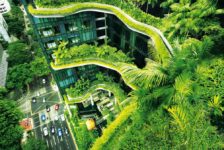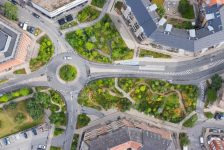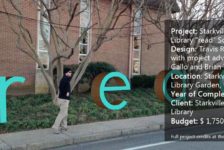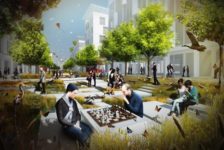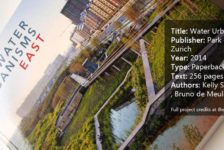Article by By Erin Tharp. Ming Mongkol Green Park, Landscape Architects 49 Limited, in Mittraphap highway, Thap Kwang, Kaeng Khoi, Saraburi, Thailand Cleaning up and repurposing unused sites has become a major trend in landscape architecture over the last decade. Most of these sites are former brown sites that require some sort of remediation, but Ming Mongkal Green Park actually started out as a deteriorated orchard. Located on 22 rai on the Mittraphap highway near Thap Kwang, Khang Khol, Saraburi, in Thailand, the park is a Corporate Social Responsibility Initiative (CSR) by owner Siam City Cement. The owner contracted with Landscape Architects 49 Limited, which set out to create a place for environmental education and preservation awareness.
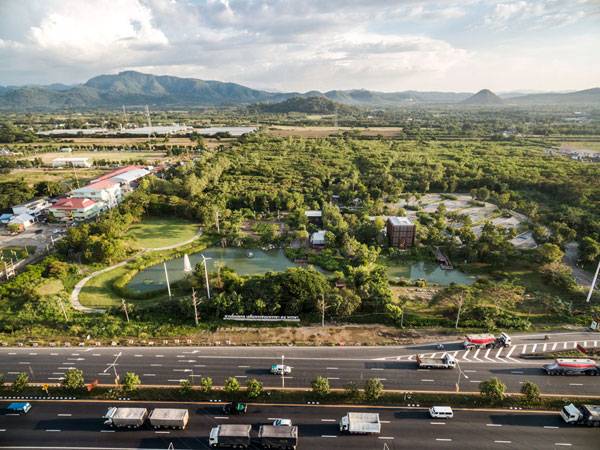
Ming Mongkol Green Park. Image courtesy of Landscape Architects 49 Limited
Ming Mongkol Green Park
They also wanted this place to help promote social service and interaction for the people who live nearby, as well as be a place that will help increase tourism and give people the opportunity to interact with nature — a leisure activity that is hard to find in Thailand’s cities. The park designers also hope to help benefit the local OTOP product and temporary market. According to the Royal Thai Embassy, “OTOP stands for ‘One Tambon (meaning subdistrict) One Product.’ It is a local entrepreneurship stimulus program which aims to support the unique locally made and marketed products of each Thai tambon all over Thailand.”
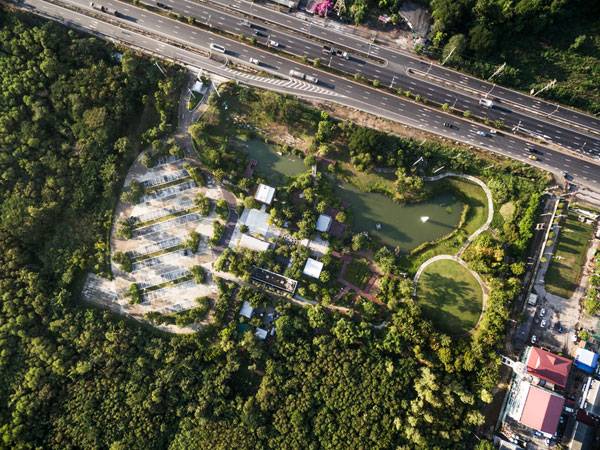
Ming Mongkol Green Park. Image courtesy of Landscape Architects 49 Limited

Ming Mongkol Green Park. Image courtesy of Landscape Architects 49 Limited
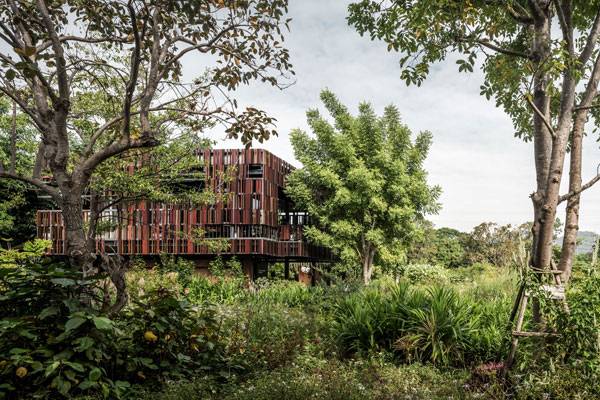
Ming Mongkol Green Park. Image courtesy of Landscape Architects 49 Limited
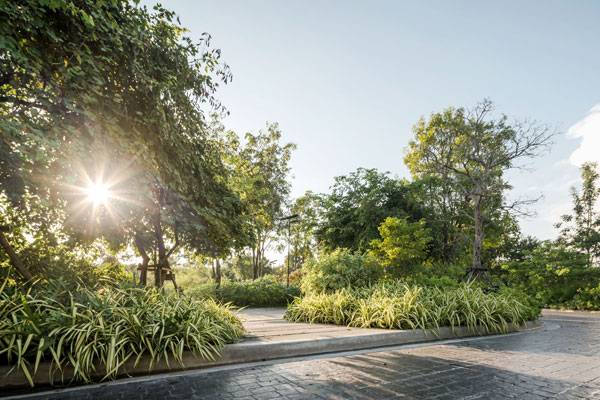
Ming Mongkol Green Park. Image courtesy of Landscape Architects 49 Limited
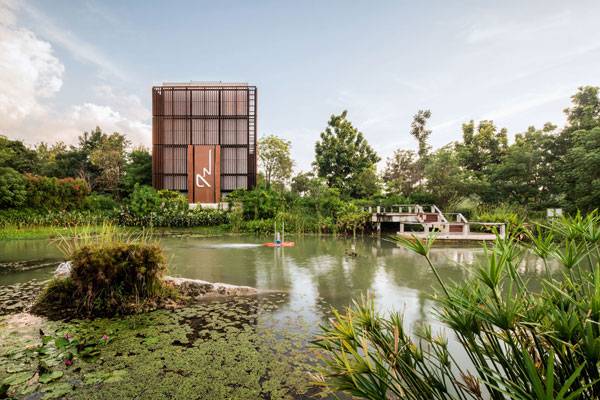
Ming Mongkol Green Park. Image courtesy of Landscape Architects 49 Limited
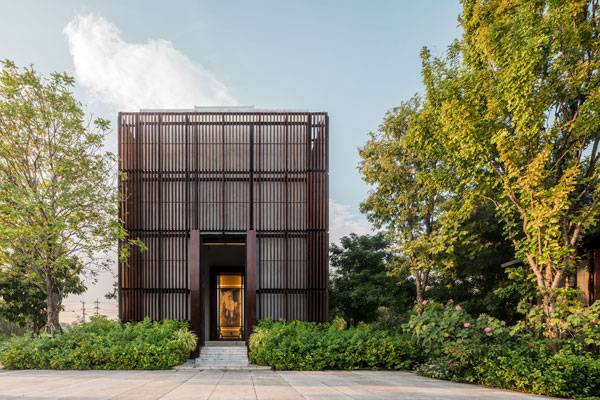
Ming Mongkol Green Park. Image courtesy of Landscape Architects 49 Limited
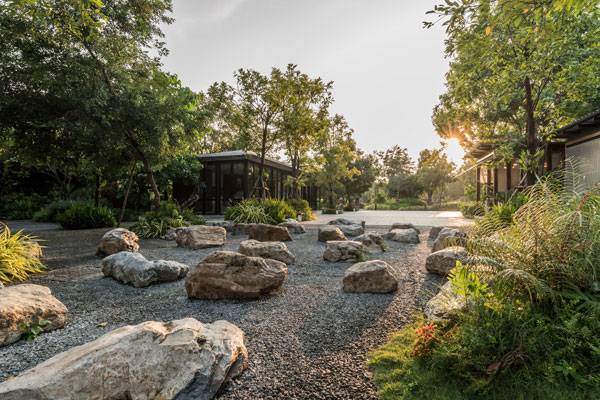
Ming Mongkol Green Park. Image courtesy of Landscape Architects 49 Limited
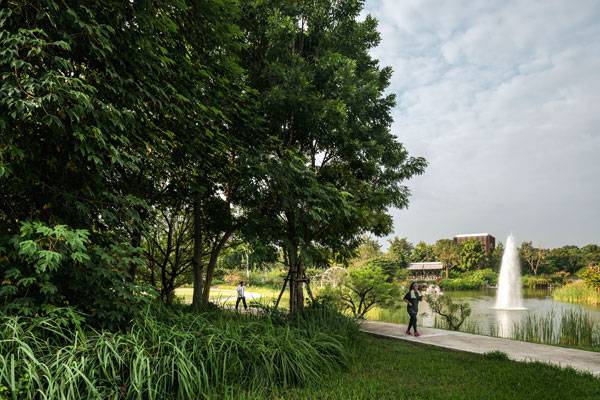
Ming Mongkol Green Park. Image courtesy of Landscape Architects 49 Limited
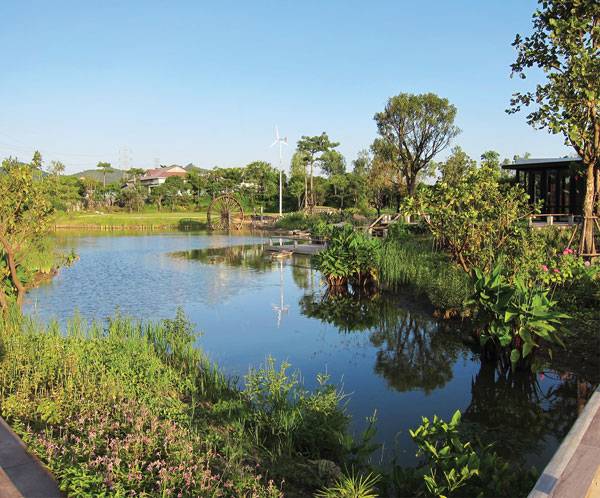
Ming Mongkol Green Park. Image courtesy of Landscape Architects 49 Limited
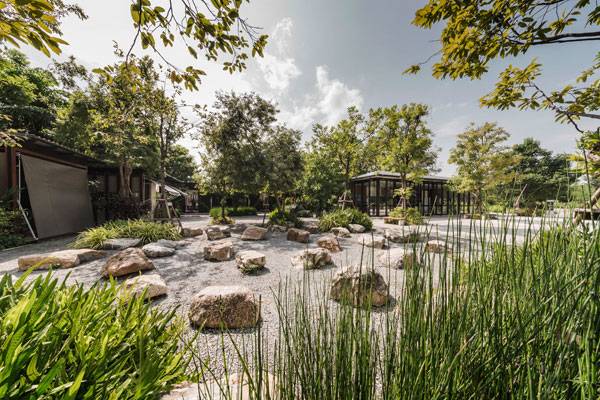
Ming Mongkol Green Park. Image courtesy of Landscape Architects 49 Limited
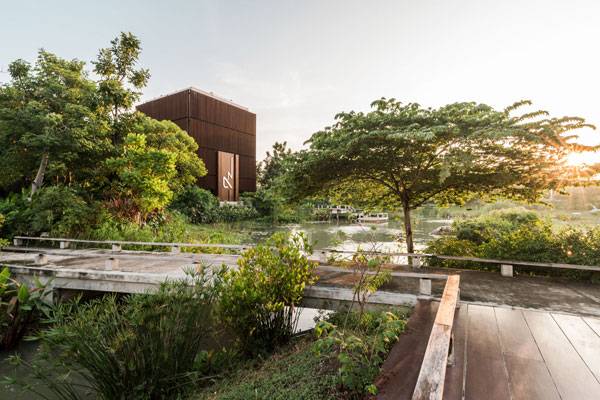
Ming Mongkol Green Park. Image courtesy of Landscape Architects 49 Limited

Ming Mongkol Green Park. Image courtesy of Landscape Architects 49 Limited

Ming Mongkol Green Park. Image courtesy of Landscape Architects 49 Limited
Full Project Credits For Ming Mongkol Green Park:
Project Name: Ming Mongkol Green Park Location: Mittraphap highway, Thap Kwang, Kaeng Khoi, Saraburi, Thailand Site Area: 32,000 square meters Completion: 2013 Project Value: 60 million baht Client/Owner: Siam City Cement Public Company Limited Landscape Architect: Landscape Architects 49 Limited Design Director: Predapond Bandityanond Project Team: Suttida Tharanatham, Thossapon Mongkhondee, Hathaichano Sukaviriya, Nattapong Meechaiya, Prachya Bausomboon Architect: Architects 49 Limited Structural Engineer: Architectural Engineering 49 Limited M&E Engineer: M&E Engineering 49 Limited Photographer: L49, W Workspace Recommended Reading:
- Becoming an Urban Planner: A Guide to Careers in Planning and Urban Design by Michael Bayer
- Sustainable Urbanism: Urban Design With Nature by Douglas Farrs
Article by Erin Tharp
Published in Blog

